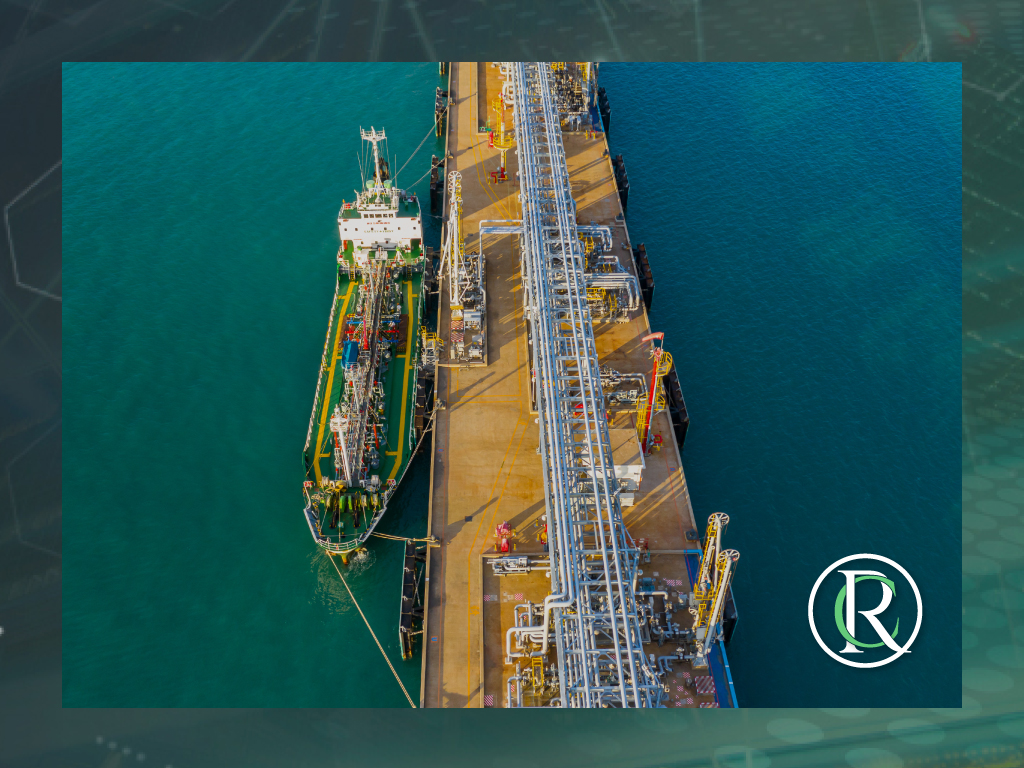There are a number of actors involved in foreign trade operations – buyers, importers, suppliers, exporters, carriers, shipping companies, customs agents, cargo companies, warehouses, terminals, insurers and more. Each of these represents a link in the logistics chain, and each plays an important role. Randall Castillo Ortega, an expert in import and export operations, provides insight into how companies can better employ management control in their foreign trade activity.
It is evident that the longer the chain, the greater the risk. Because the merchandise is passed from hand to hand, there can be various kinds of problems, such as the merchandise not arriving on time, costs being higher than budgeted and more. Additionally, there are controls that the legislation indicates must be automated, such as the administration and control of inventories and the control of credit accounts and guarantees in the case of companies certified VAT and IEPS.
Nowadays, it is difficult to think that with the volume of information that we must handle, the control of operational management can be carried out correctly and effectively manually. Says Castillo, “Even the evolution in the application of technology has grown, and we could even remember how the customs clearance of goods has evolved. Today, it is an electronic customs clearance, without papers, everything is through interfaces, this streamlines processes and reduces time and risks.”
Management control within organizations drives us to seek automation, but not in isolation, but as a supply chain. If we refer to import processes, there are ways to have controlled the process from the moment the need of the company is born, through the purchase, delivery of the material, transfer of the same from the point of origin to the customs of entry, import clearance, transfer to the place of destination and entry of the material. All this can be automated, with the least intervention of human resources. There are also systems that even account for each part of the process. In the same way, we refer to the export processes and, of course, to the inventory controls, as well as the control of accounts and guarantees.
Eroding economic resources in automation for management control is finally an investment that will be recovered over time. On the other hand, we must establish metrics (KPIs) for each of the participants in the chain and the systems must be able to obtain the results in a simple way. What is not measured cannot be changed or improved.
Once you have the indicators, you can make decisions that help even to reduce costs more. When there is no adequate management in the flow of the supply chain, companies tend to raise the level of inventories to avoid the risk of not complying with any delivery or stop any of their production processes. On the other hand, if we are clear about the times, organizations have the opportunity to reduce costs by avoiding over inventories in their warehouses.
If we detect areas of opportunity in the transfer of materials, there are solid arguments to request improvements from carriers or forwarders. The same applies to other actors in the chain, such as customs agents, it is necessary that they are prepared technically and operationally, but we must also take care that they comply with the established metrics.
Companies can determine their needs or they can seek support from specialized companies that can make a general diagnosis of the various processes that are carried out in the supply chain, with the aim of offering both digital and technical and operational solutions. “It is important to note that a fundamental aspect is that it operates within the legal framework, so it is important to know the current regulations. Our firm can provide these services holistically,” adds Castillo.
With respect to the human resources that intervene in the supply chain, we can consider that they are the most valuable thing in each organization. For this reason, the fact that they stop doing certain tasks due to the fact that they are automated does not imply that the development of their activities is not of utmost relevance, so we must consider that another area in which it is recommended to invest is in their training and development. Automation, training, indicators and working under the framework of the law can help organizations grow and, therefore, the country’s economy.

